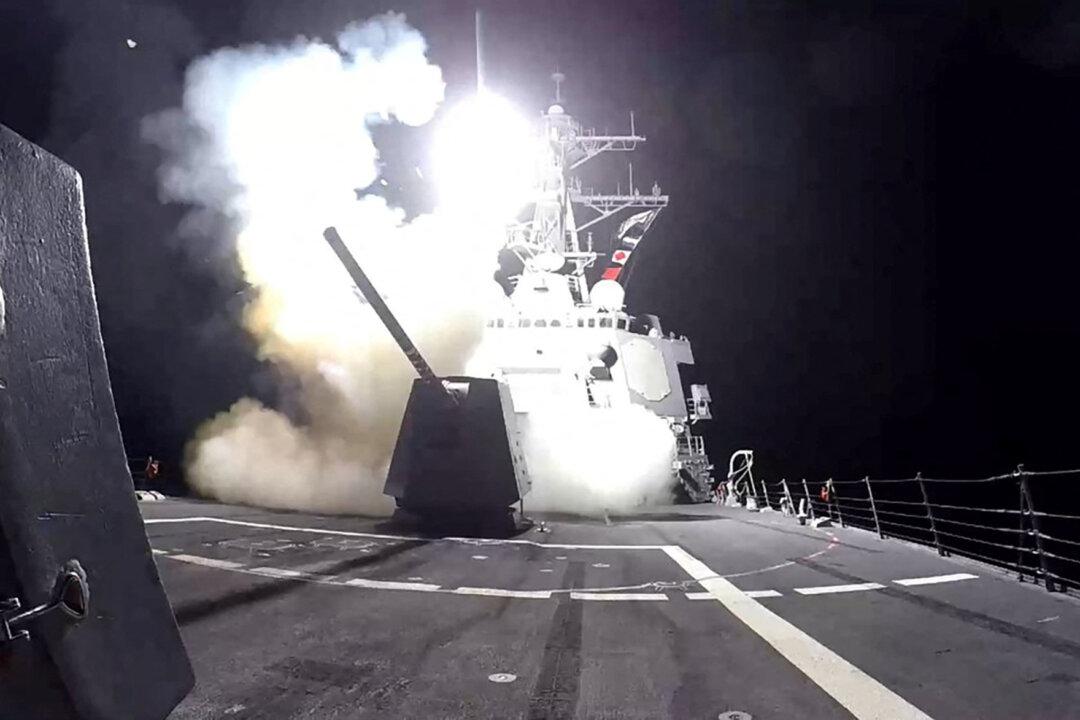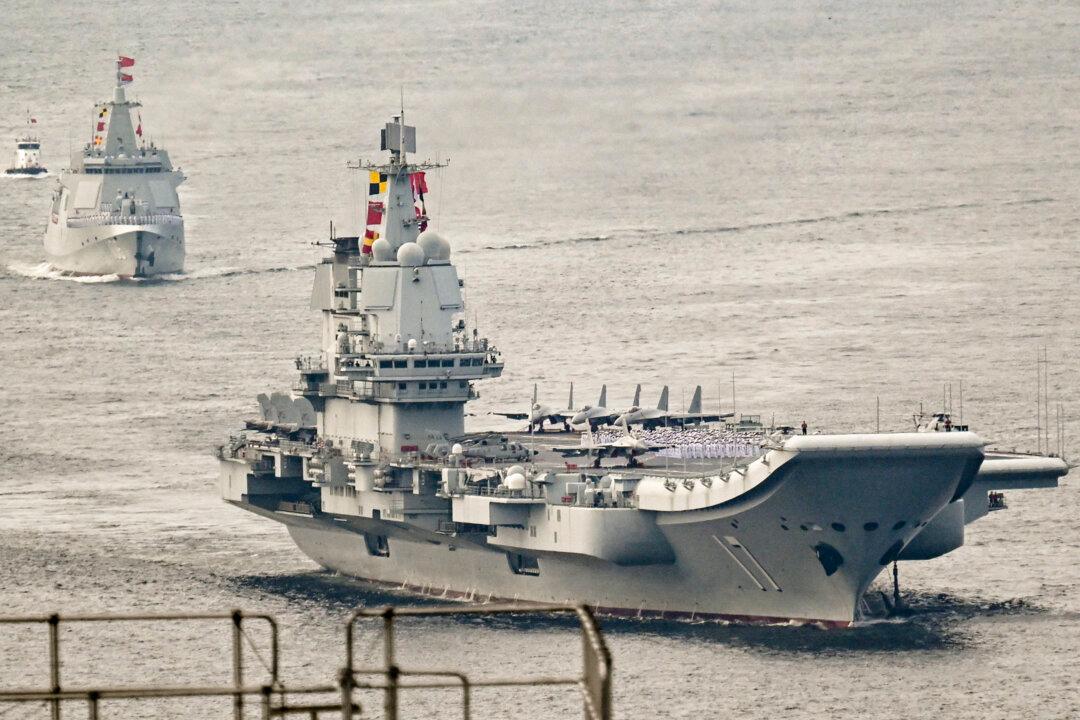The Chinese Communist Party (CCP) has continued to develop an array of anti-satellite (ASAT) weapons designed to overwhelm U.S. assets in space, even as advisers to the Biden administration issued calls for cooperation between the two nations.
The CCP’s growing arsenal of space weapons now includes missiles, cyberweapons, satellite jamming devices, space robots with grabbing arms, and high-powered lasers designed to blind satellites from the ground as they pass overhead.




